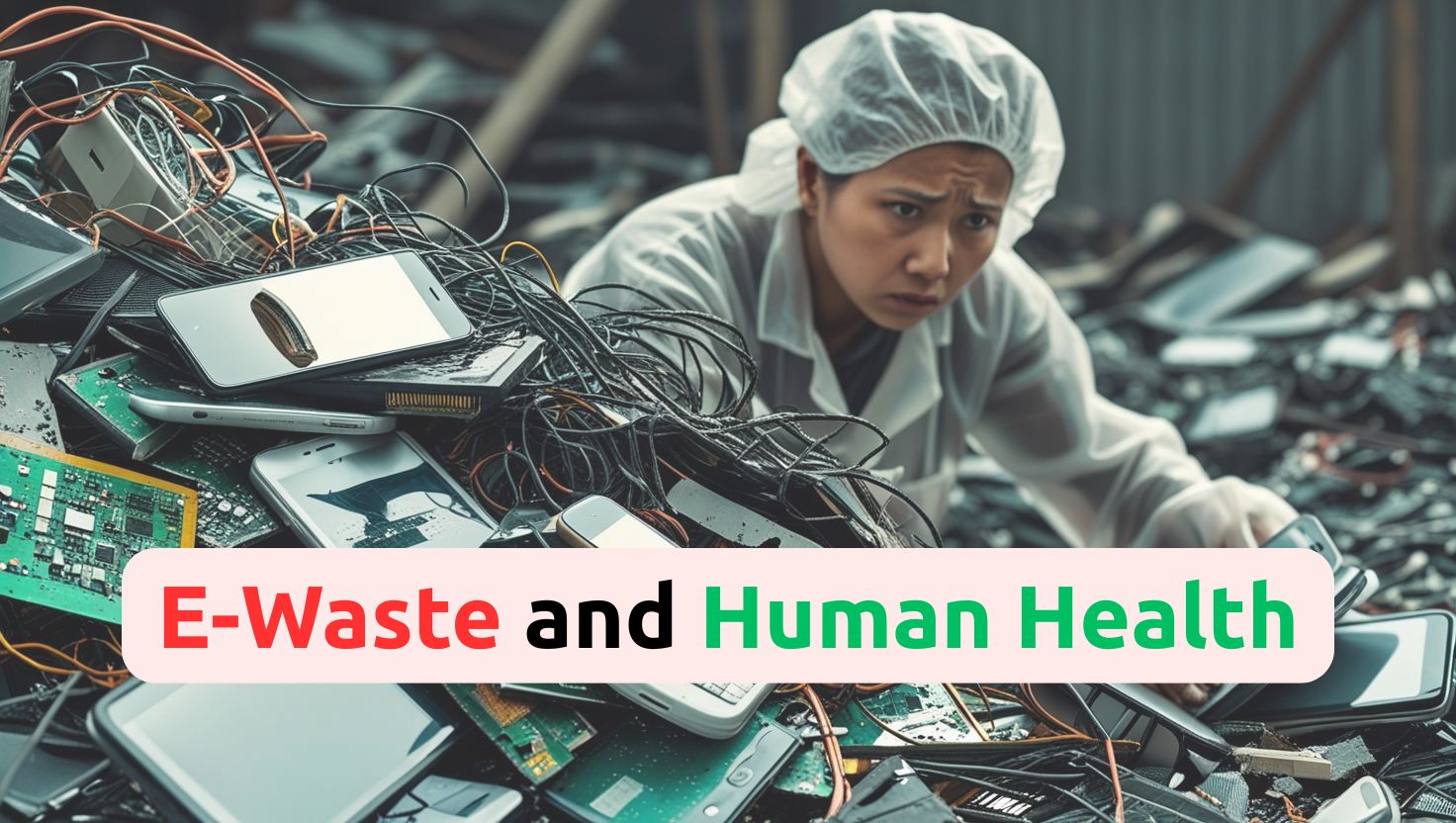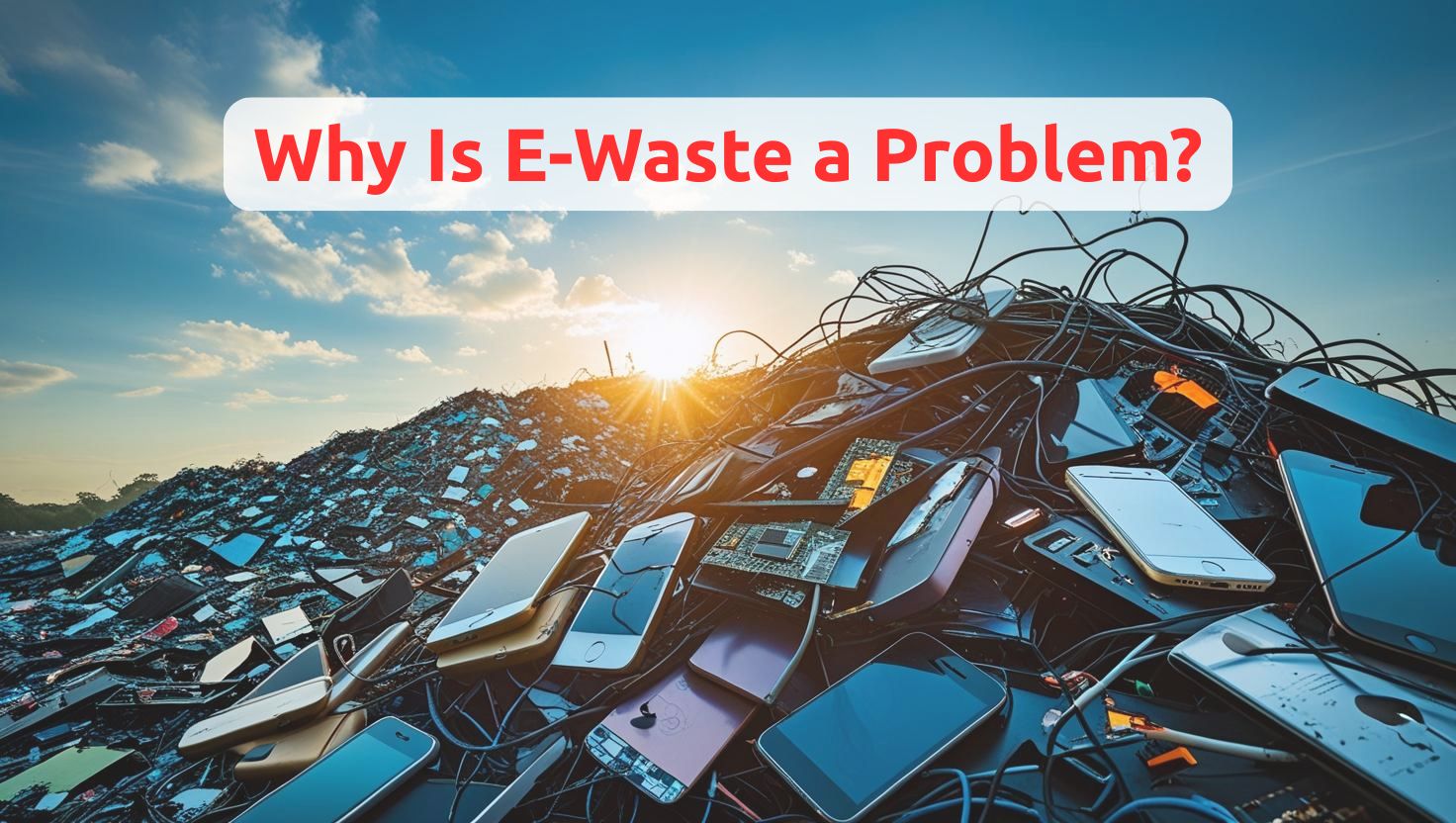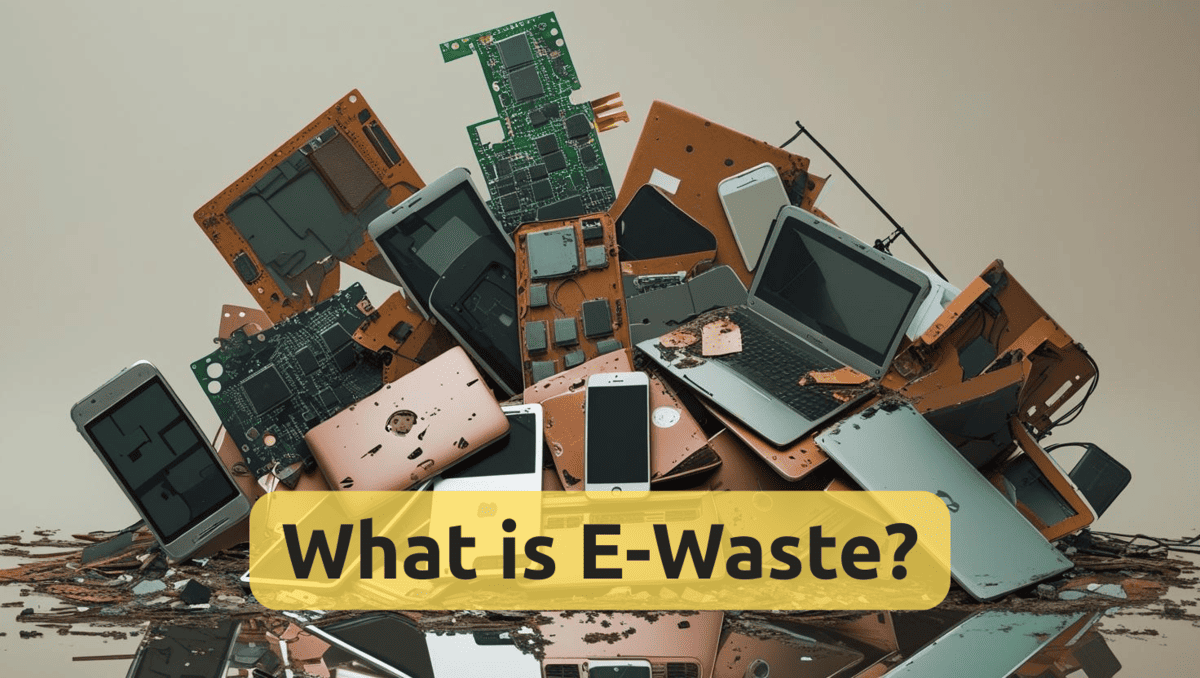How to Minimize E-Waste: A Complete Guide to Reducing Electronic Waste in Daily Life
Learn how to minimize e-waste with practical strategies for homes, businesses, recycling, repair culture, and sustainability. Reduce pollution and protect the planet.





